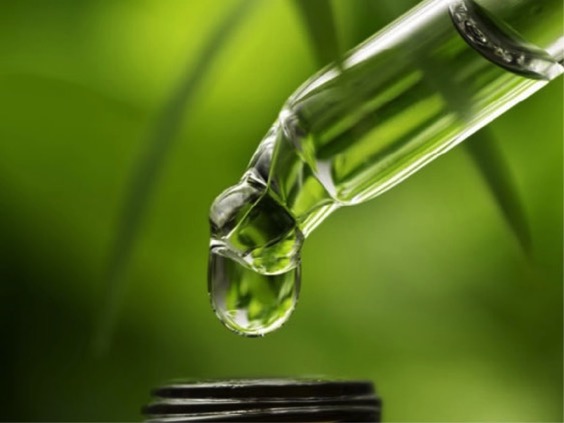The CBD industry and the plethora of products available can overwhelm newcomers and even connoisseurs. With so many buzzwords, we are here to help you sort through the much and boil it down to a few simple rules of thumb.
Buying Full-Spectrum CBD vs. CBD Isolate
The debate between these two is all the rage in the cannabis industry, much like Blu-Ray and HD-DVD from back in the day. It is beginning to look like full-spectrum is the way to go, thanks mostly to something coined ‘the entourage effect.’
The basic idea is that the synergy of various cannabinoids, terpenes, and other phytochemicals produces a much more full-flavored, therapeutic experience than a sterilized, one-note isolate.
Buyer beware: Many products labeled full-spectrum are not indeed so. Check the certificates of analysis that should be published on the vendor’s site to ensure they prove the existence of a broad spectrum of cannabinoids (CBG, CBG, THCa, CBDv, etc.).
One more important note, CBD oil sourced from high-CBD cannabis is going to be much more full-spectrum time and time again. Industrial hemp cannot complete when it comes to cannabinoids diversity.
Buying American vs. Foreign CBD Products
Many countries that grow a considerable amount of the world’s industrial hemp supply (India, China) do not have the most stringent environmental/pesticide laws that we practice here in the United States.
Some European source may be of lesser risk, but it is always a better idea to purchase hemp/high-CBD cannabis sourced CBD oil in the good old USA. States like Colorado, California, Kentucky, Oregon, and many more have thriving hemp programs, thanks in large part to progressive legislation.
It is much more likely these domestic companies will not only grow their hemp in much cleaner soil and without the use of highly toxic pesticides, but will also publish certificates of analysis demonstrating the purity and safety of their product. According to this CBDfx review, you can browse the website for transparent 3rd party lab test results.
Be wary of buying a CBD oil that does not list the source of their hemp should be met with extreme skepticism.
Pay Close Attention To The Parts Of The Plant Utilized When Buying CBD
As most everyone knows, the most potent part of the cannabis plant is the flower. This frosty nugget, commonly referred as the THCa Flower is where most of the trichomes exist and is usually the most sought-after component of the harvest.
Considering the explosion in popularity of CBD oil as a therapeutic alternative to pharmaceuticals, those more unscrupulous vendors have seen a potential cash crop in using the waste products of hemp production, such as seeds and stalks.
Let us make this simple: If you are looking at buying a CBD oil sourced from hemp seeds or stalks, than run far away and do not look back. This type of item is the lowest of the low grades of CBD oil and is more liable to give you a headache than relief from your illness.
Look For Precise Milligram Listings Of CBD/THC Dosage Amounts When Buying CBD
Many vendors will list a vague amount of ‘hemp extract’ per serving. This is unacceptable for a high-quality CBD oil.
Precise amounts per mL/dropper, including exactly how much CBD, total cannabinoids, and THC exist in the product.
This detail is critical because a product with higher than .3% THC levels is illegal and puts you at risk for failing a drug test.
Do your research, be informed, and may you find the natural healing, health, and well-being which you seek!
This article is courtesy of Cyrus Partow who is a contributing member CBD Nerds. CBD Nerds helps answer CBD related questions and offers transparent insight into CBD retailers with organic customer reviews, product reviews, buyers guides, and more.








